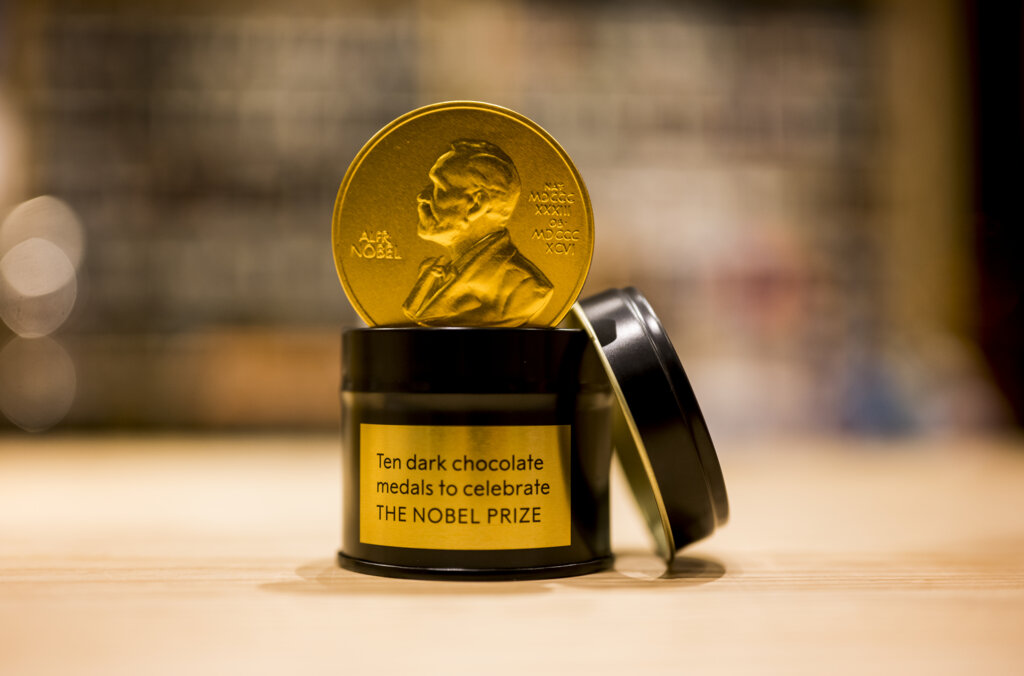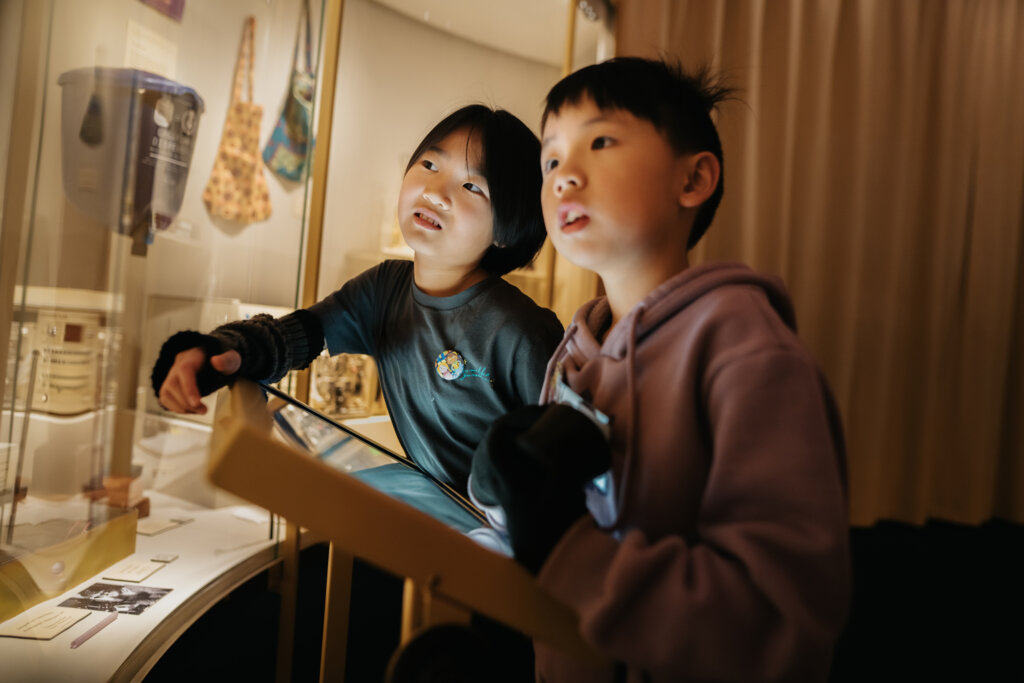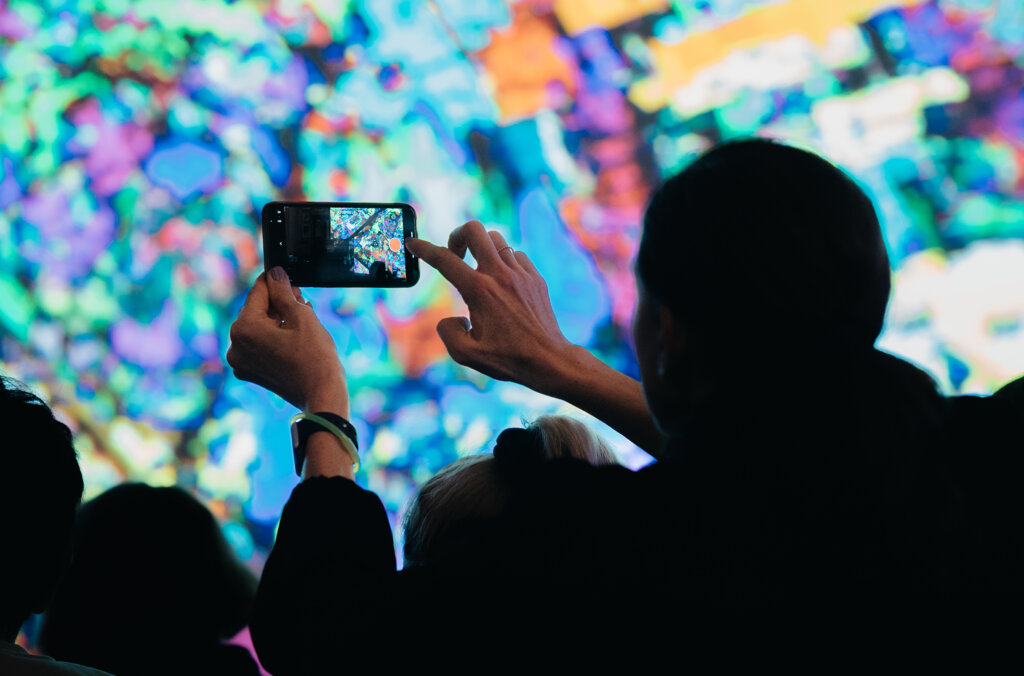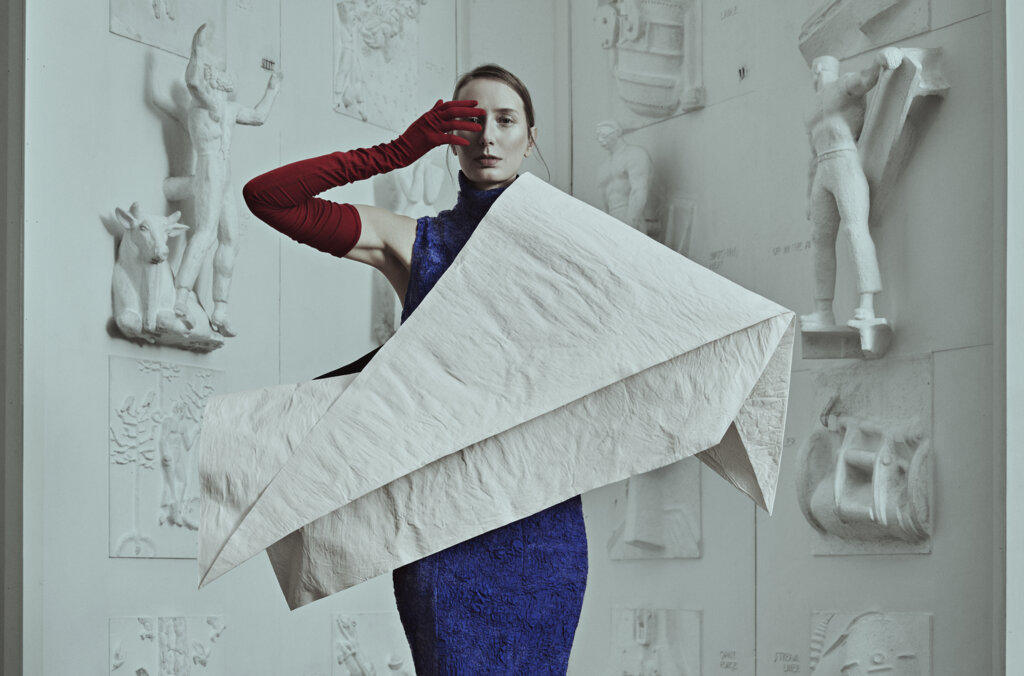
In Nobel Creations, art, science, literature, and peace meet in an exploratory dialogue. The 2024 edition of the exhibition presented six interpretations of that year’s Nobel Prizes, created by first-year students in the fashion program at Beckmans College of Design.
The students’ creations ranged from protein design and neural networks to research on national prosperity and efforts toward nuclear disarmament. The exhibition also explored the role and potential of formal attire in 2024.
The creations
Jane Elliotte Svahn and Alvaro Sanchez interpreted the Nobel Prize in Chemistry, awarded this year for research on protein design and structure prediction. Using handmade fabric beads along with pleated and draped silk organza, they illustrate how amino acids fold into proteins.
Mia Ekström and Emil Biering interpreted the Nobel Prize in Physics, which honors research on artificial neural networks. Their creation is adorned with hand-twisted wires and beads, inspired by the connections between nerve cells and the structure of AI technology.
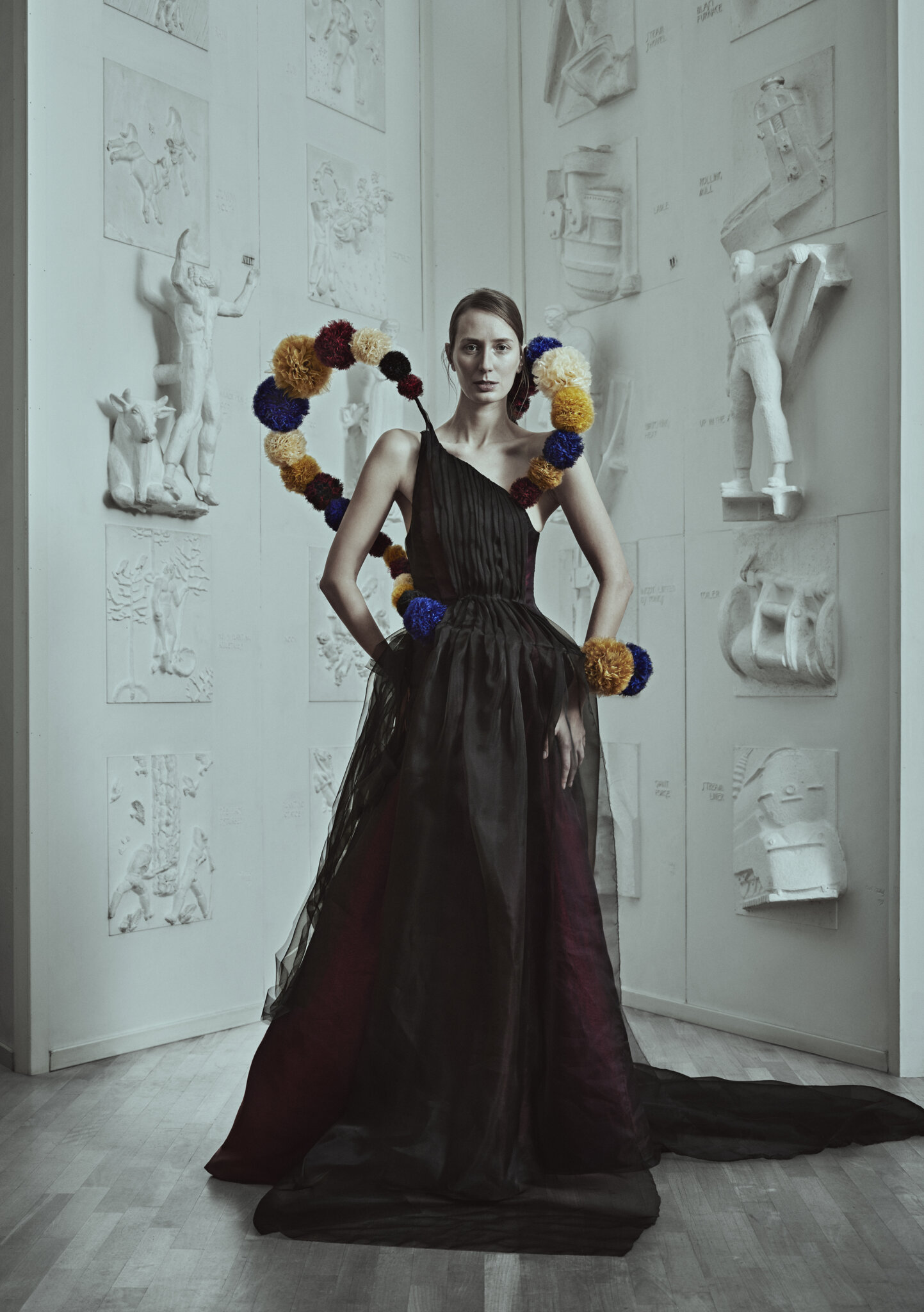
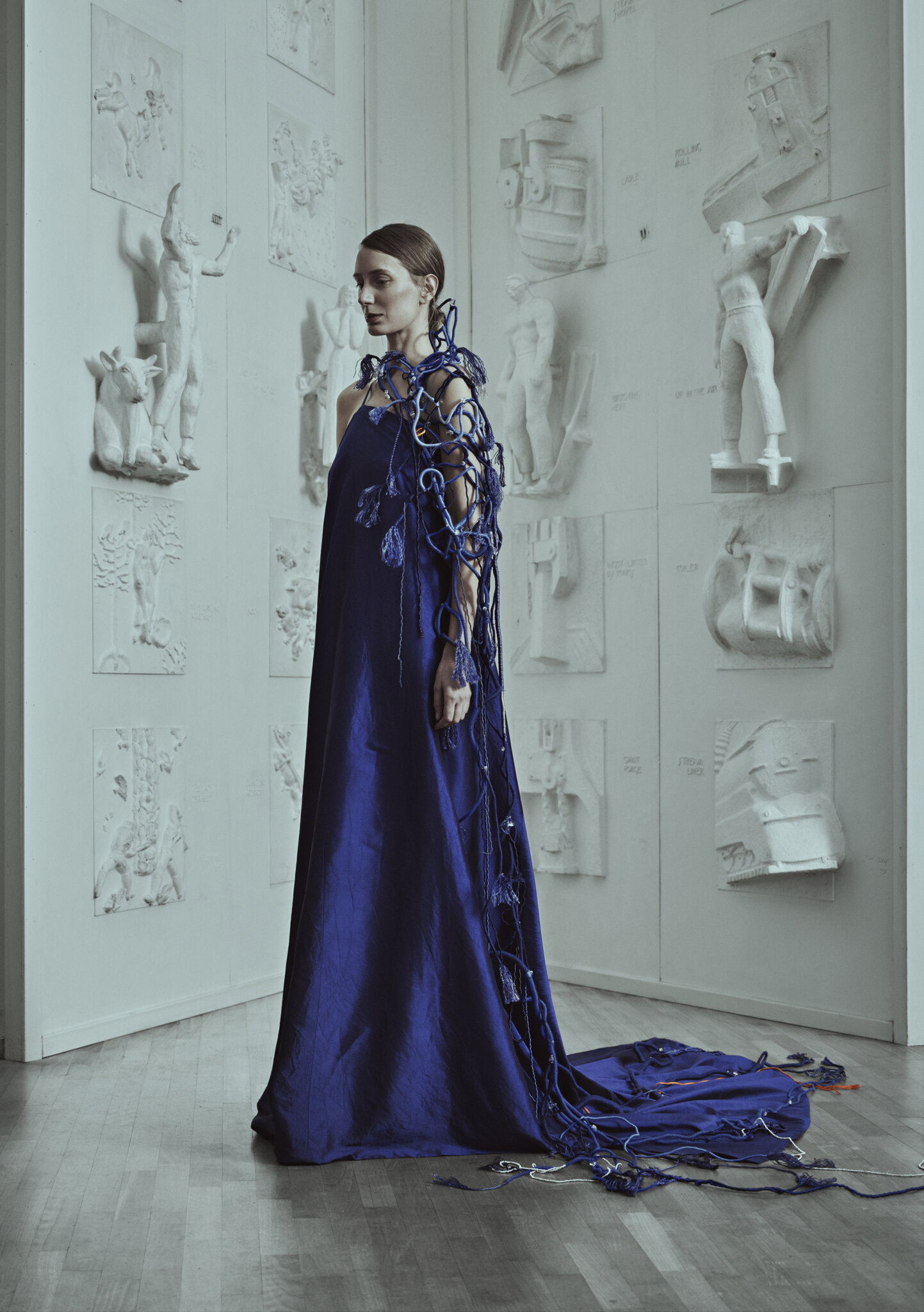
Adrian Musa and Johannes Söderbäck Kirksaether interpreted the Nobel Prize in Literature, awarded to author Han Kang. Their white dress holds the body in a tight grip of paralyzing grief and pain. Hidden between the folds of the garment are quotes—testimonies that never fully emerge into the light, yet remain ever-present.
Theo Sternehäll, Clara Samor, and Edit Hulting interpreted the Peace Prize, awarded to the organization Nihon Hidankyō for their work against nuclear weapons. Using the traditional craft technique of nuno felting, they created a dress in white and blue symbolizing the strength of the grassroots movement and the peace message of the origami crane.
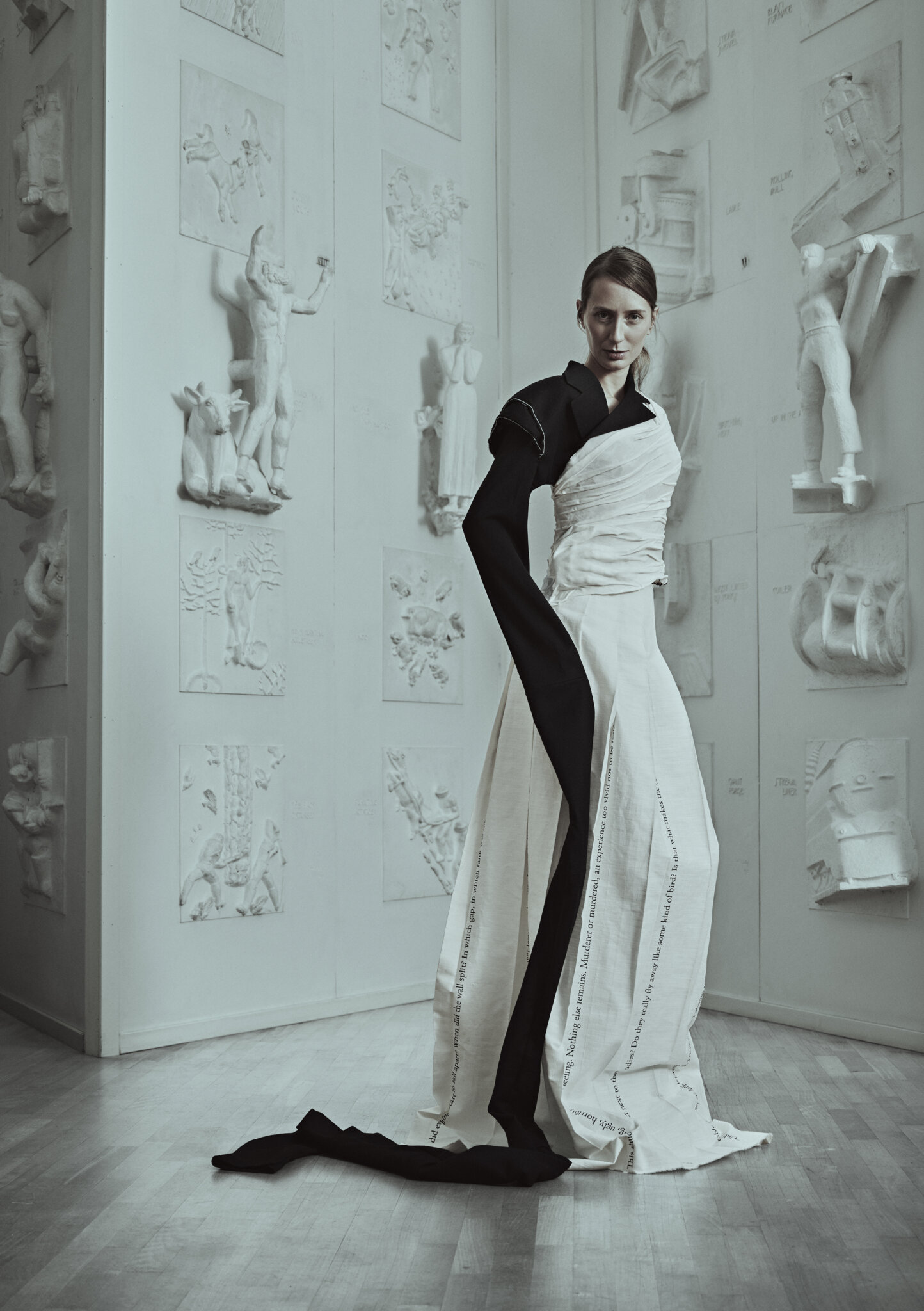
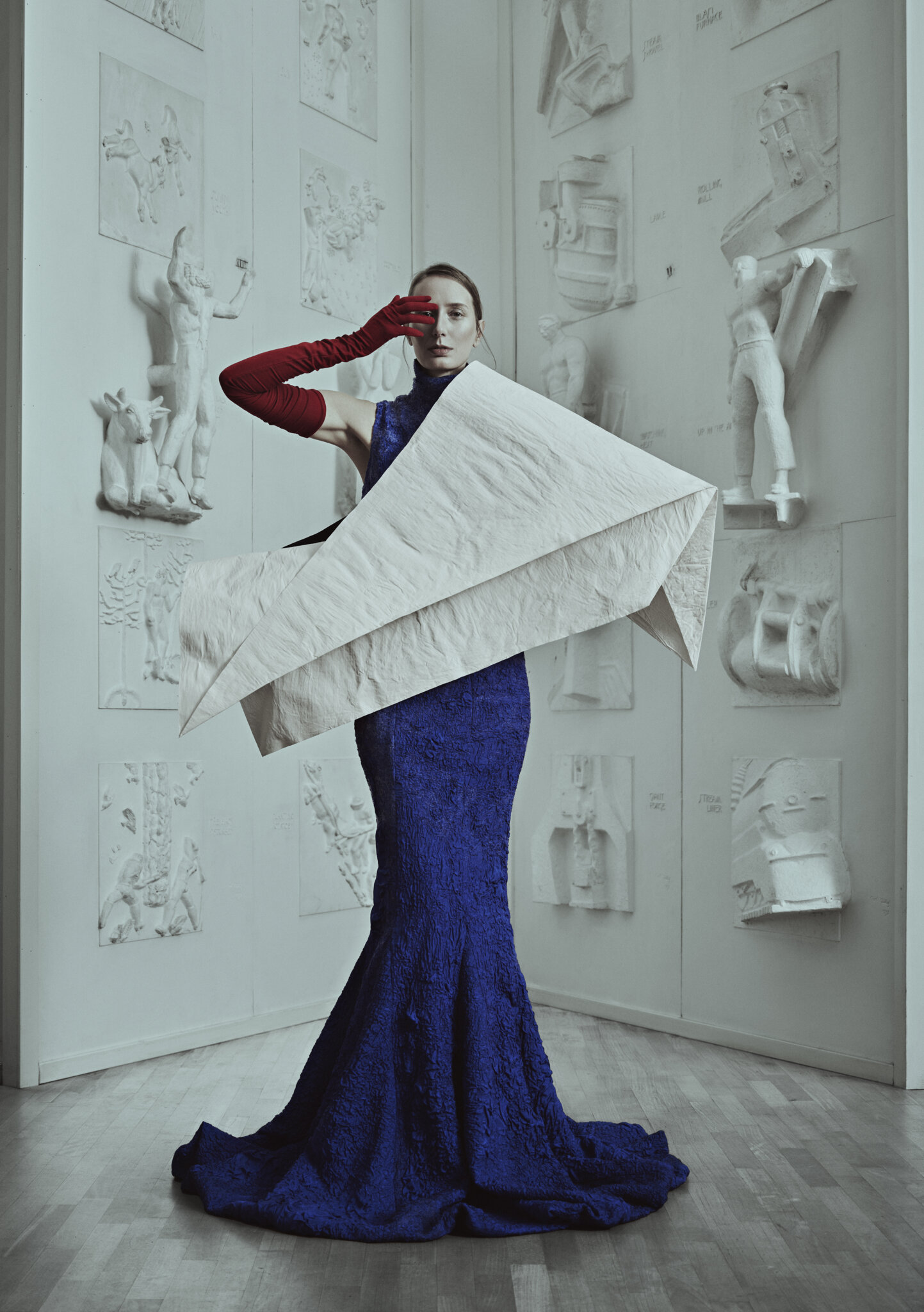
Nadja Olsson and Luis Brunet interpreted the Prize in Economic Sciences, which this year focuses on the role of institutions during colonial rule and their long-term impact on national development. A powerful and rigid silhouette represents the authority of institutions, while a vibrant spiral symbolizes humanity in motion toward a life free from poverty.
John Ölén and Jacob Borgenstierna Ploski interpreted the Nobel Prize in Physiology or Medicine, awarded for the discovery of microRNA’s role in gene regulation. Panels of pleated silk organza depict the iconic double helix of the DNA molecule, while sweeping organza ribbons represent the comb-like structure of microRNA.

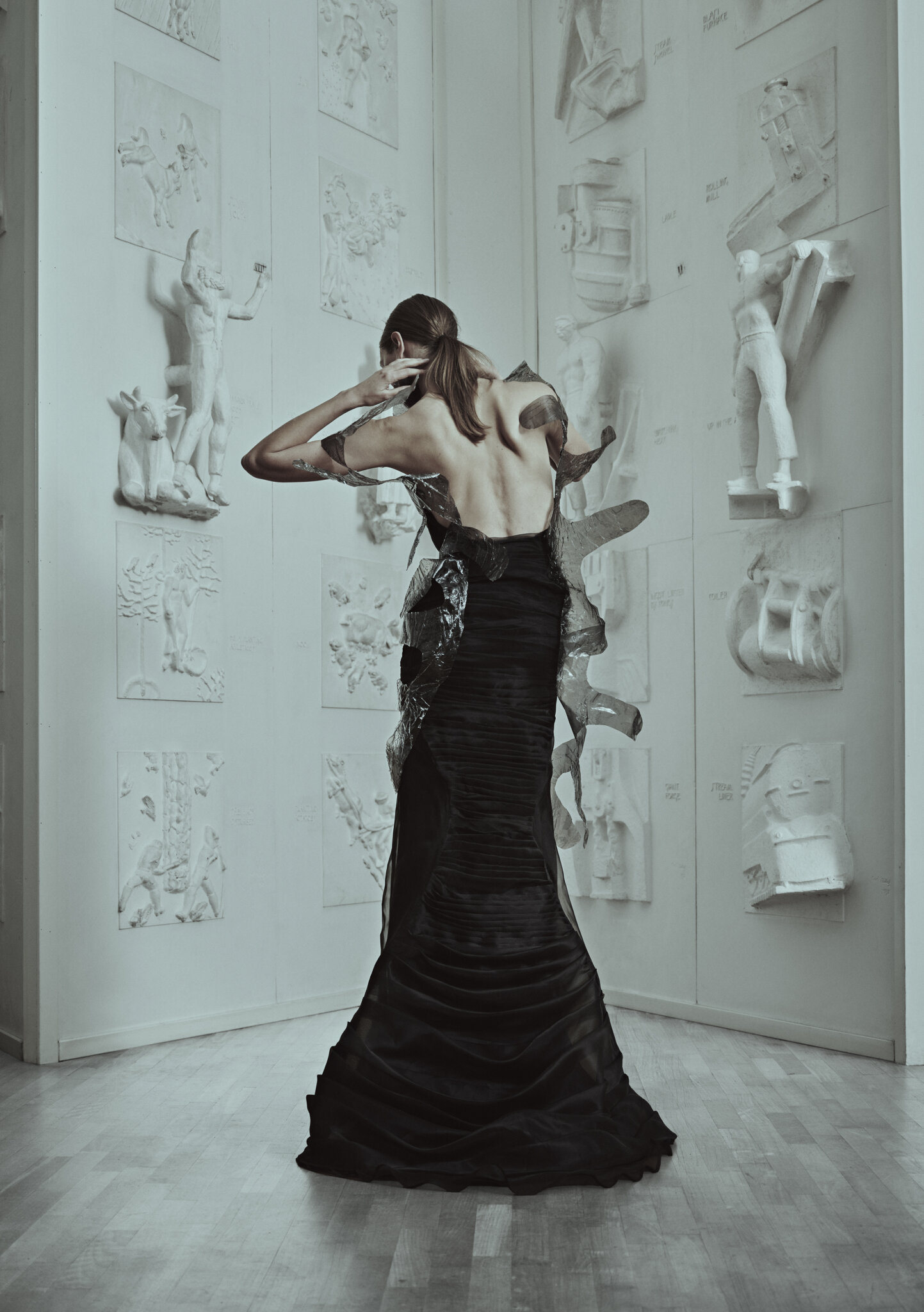
Guest Lecturer
Visual Communication
Nobel Prize Museum
Thank you to
Exhibitions
Past exhibitions
Take a look at some of the inspiring stories and ideas shared in our previous exhibitions.
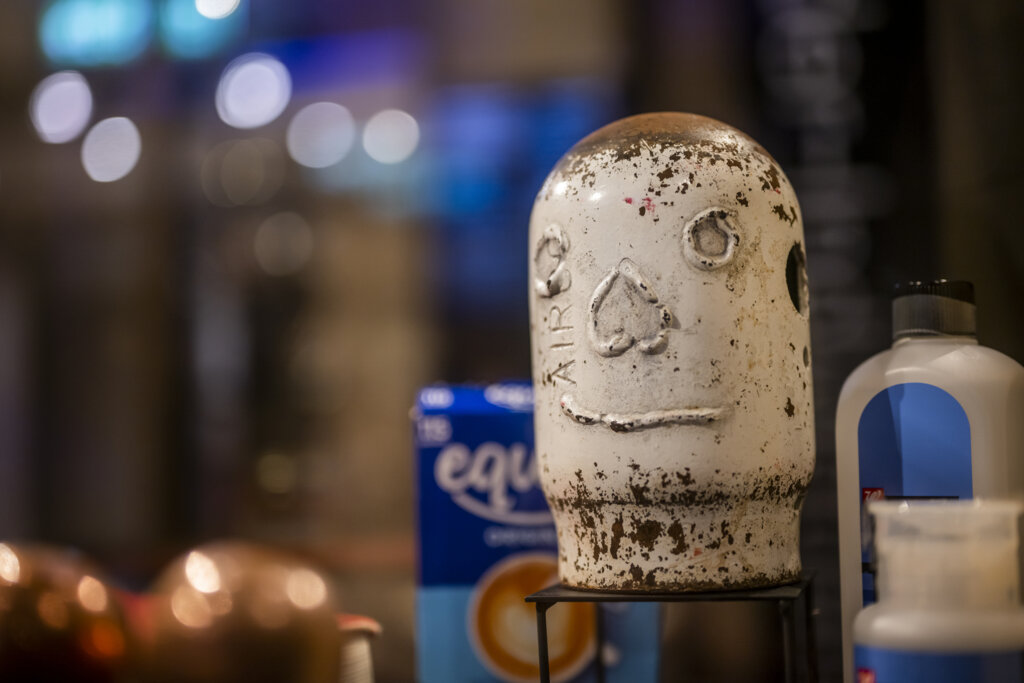
Membership
Become a member,
experience more
Get free admission to the museum, and discounts in the shop and bistro. Enjoy priority access and discounts on concerts, previews, talks, and lectures.
